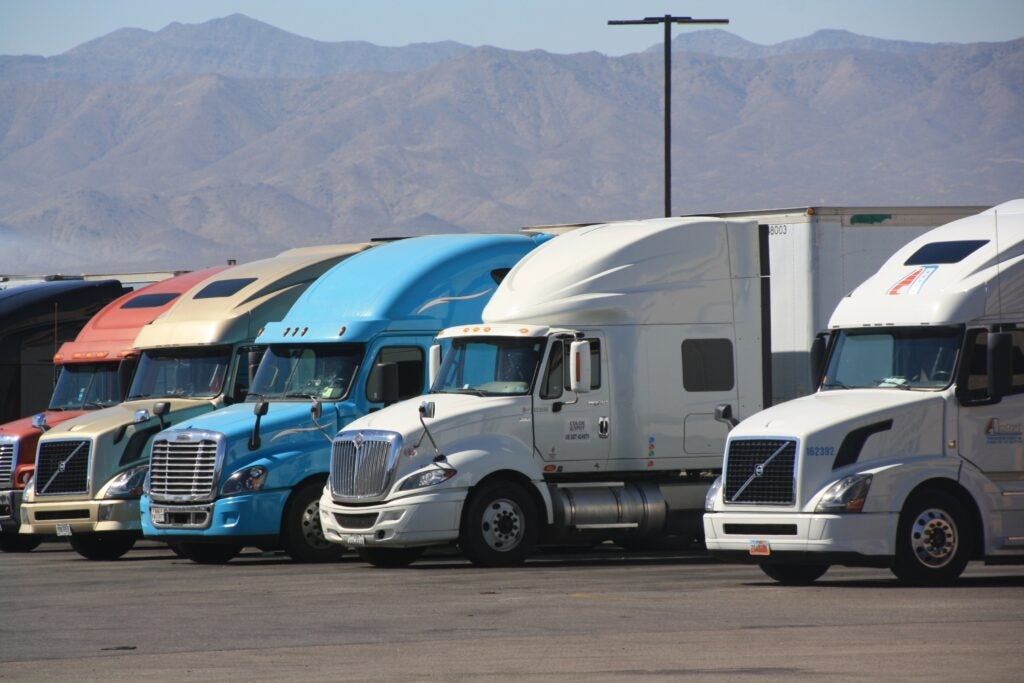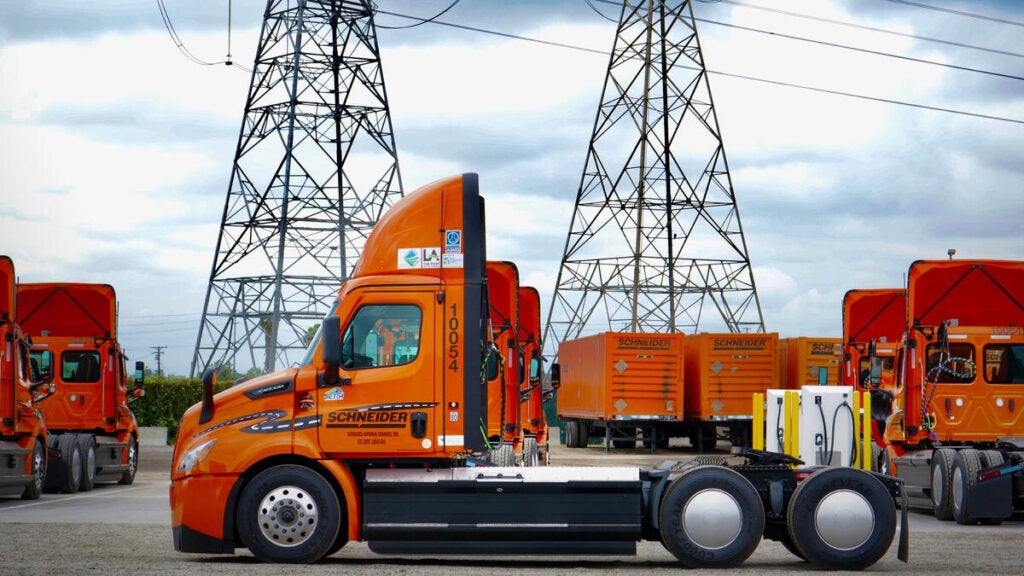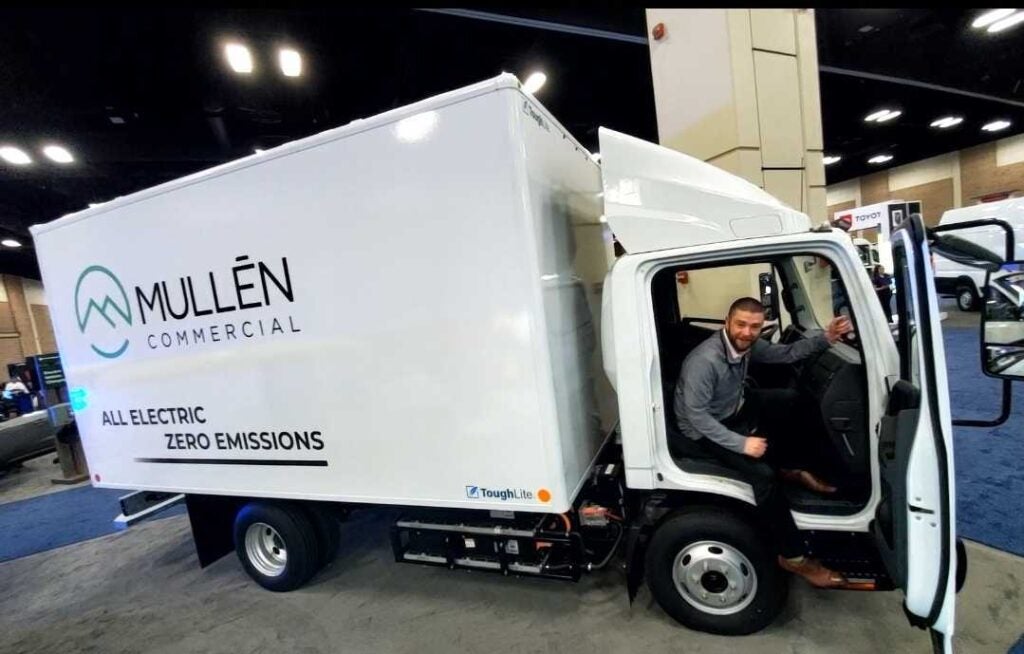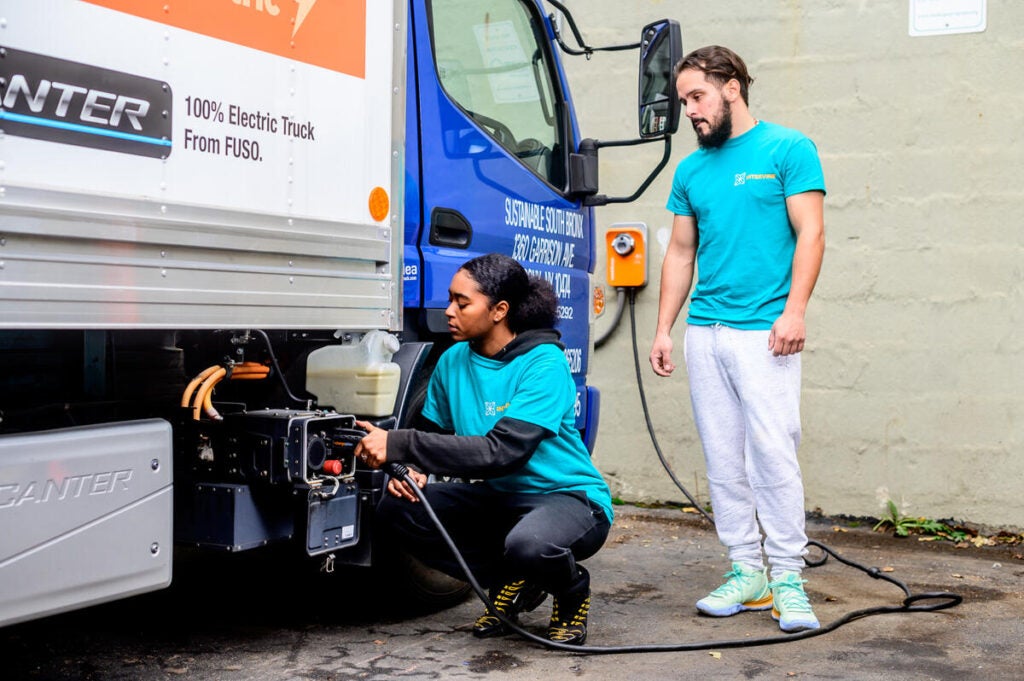- In April 2025, several major zero-emission deployments were announced. HelloFresh added 70 Rivian electric vans, Benore Logistics integrated 14 Hyundai hydrogen trucks, and the city of Roseville purchased 12 electric transit vans, showcasing strong momentum for medium- and heavy-duty electric and hydrogen vehicle adoption across the U.S.
- Transit agencies across the U.S. continue to introduce zero-emission solutions to their operations, including a mix of electric and hydrogen fueled buses and vans being deployed in South Carolina and California in April.
Energy Exchange
Businesses across the U.S. continue rolling out electric trucks, buses
Southern California’s novel warehouse rule is reducing truck pollution
A new report from South Coast Air Quality Management District shows the District’s groundbreaking warehouse Indirect Source Rule is catalyzing hundreds of zero-emission truck acquisitions and, as result, reducing hundreds of tons of health-harming nitrogen oxide and small particulate matter pollution.
2024 was another record year for electric truck deployments, proving that the shift to zero-emission is not slowing down
The shift to electric trucks is accelerating faster than ever. This has been another record year for medium- and heavy-duty electric vehicle deployment, with 2024 outpacing 2023 as the best year yet for EV adoption, according to a new Environmental Defense Fund analysis of Class 2b-8 fleet announcements.
Research supports health benefits of ACT for Chicago Metro communities
By Neda Deylami. This blog was co-authored by José Acosta-Córdova, Senior Transportation Policy Analyst at LVEJO
Transportation accounts for almost one-third of Illinois’ greenhouse gas emissions — the sector responsible for the most GHG emissions in the state. Medium- and heavy-duty vehicles, such as delivery vans, transit buses and large tractor-trailers are a disproportionate contributor of these emissions, but also other emissions like nitrogen oxide and particulate matter that directly harm the health of Illinoisans. Despite making up less than 10% of on-road vehicles, these trucks and buses are responsible for 67% of NOx and 59% of PM.
At NAFA 2024, fleets are finding the ways that work on their electrification journey
By Lindsay Shigetomi and Kae Tuitt
This week, EDF witnessed the hardworking spirit of the fleet industry at the NAFA Fleet Management Association’s Institute and Expo, where thousands of fleet professionals from all over the country gathered in San Antonio, Texas to learn, share and gain new insights into fleet operations. We saw a level of engagement from fleets and other attendees that showed how the fleet industry is evolving. Fleets are now taking on the additional responsibility as stewards of sustainability projects, which was reflected in the event programming — more than a quarter of the 40-plus educational sessions were focused on sustainability, zero-emission vehicles and electrification.
Ramped connection can help states sustainably scale the grid to meet charging needs
By Casey Horan
The way charging customers connect to the grid is changing rapidly, especially in states working to meet transportation electrification and decarbonization targets. But regardless of policy goals, most states are experiencing increased demand for renewables accompanied by more customers seeking connection to the grid for projects like electric vehicle chargers, solar and storage. Balancing sustainable grid buildout with customer demand for load can pose challenges for utilities, and often results in interconnection delays.















